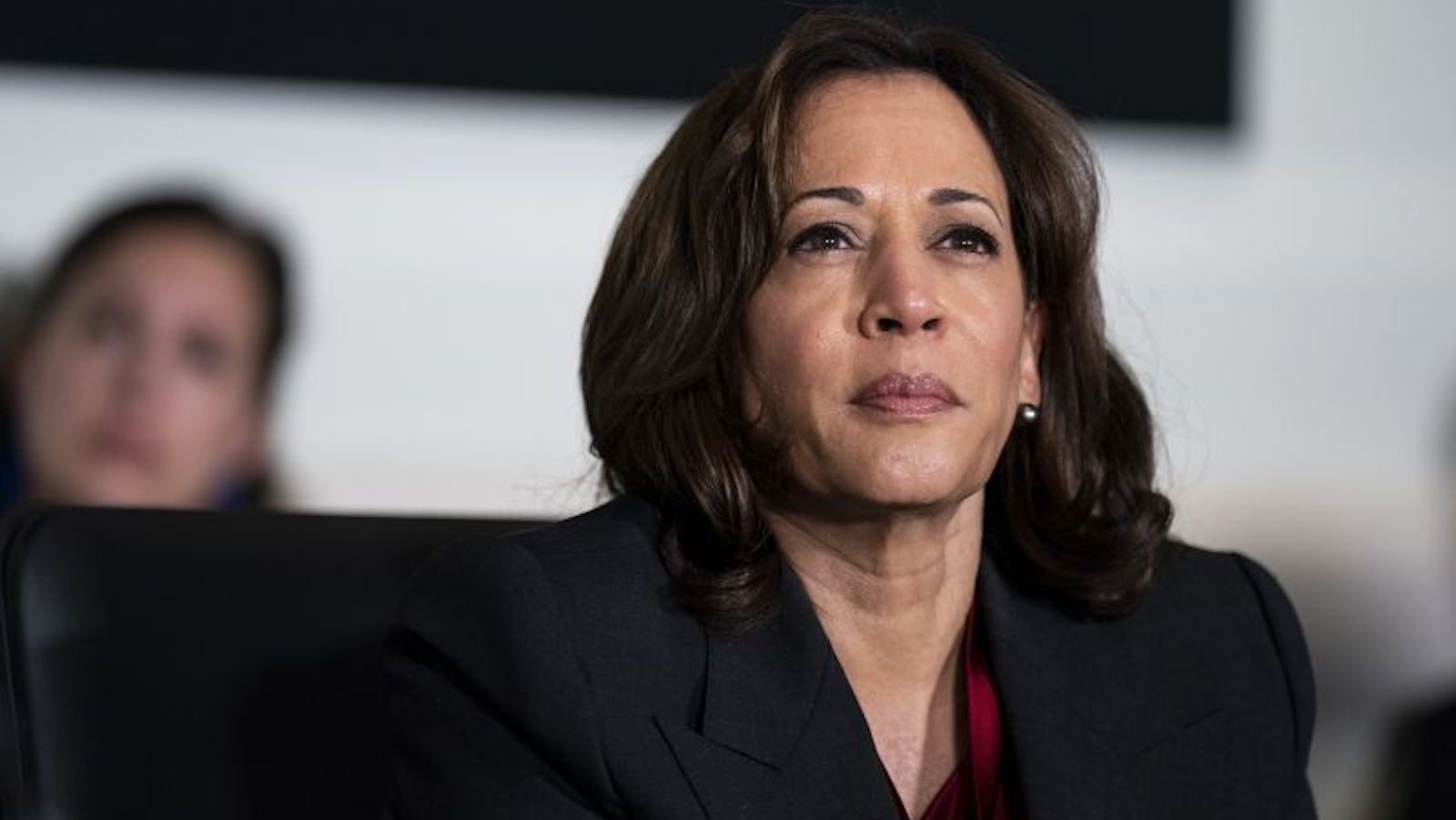image source, NASA Glenn Research Center
- teacher, “Unstoppable” series
- Author's Title, BBC World Service
In Puerto Rico in the mid-1970s, a high school student attended a lecture on science careers at the university..
She wouldn't have considered it, but her math teacher, seeing her potential, encouraged her to go.
As one student began to speak, she was immediately drawn to a field of knowledge she had never heard of: engineering.
At that moment, he felt something he had never felt before.
“I heard my wings open. I actually heard pop, pop: this is it! It was a second, but it was right.”
Years later, the Puerto Rican student would face a challenge that would make possible miracles other than putting the International Space Station (ISS) into orbit.
The ISS, currently a large floating observatory with 7 crew members, has been orbiting the planet 16 times every day since 1998.
But in the 1940s and 1950s the idea of some sort of permanent base in space was mooted.
One of the reasons why the project does not work for a long time is the limitation of battery power.
We should be thankful that the ISS is floating above us at the moment The incredible minds of Olga Gonzalez Sanabria and her team of NASA engineers.
From the Caribbean to Cleveland
After that school trip opened her eyes to the world of engineering, Olga knew she wanted to do it.
So when the time came, at a time when it was rare for a woman to study engineering, she enrolled at a university in Puerto Rico.
Although she was one of five women, she did not feel that she was treated any differently than her male peers. But there was one thing that cost him his job.
“The first drawing class we took and I couldn't draw two straight lines. I was so frustrated because I tried to take drawing in high school and they told me girls weren't allowed because it was for boys.“.
Because high school didn't affect his career, he lacked the necessary preparation and had to work hard to master the basics: he ended up at NASA.
Olga almost didn't apply when the recruiters came to her campus because she didn't think she was good enough, but luckily her friend had a different opinion.
“He told me: The worst that can happen is that you don't get hired and it's a rehearsal for other interviews in the future. I signed up.”
The interview was a success.

image source, Pot
Olga left her home island of Puerto Rico and flew to Cleveland to NASA's Glenn Research Center.
He joined the Electrochemistry Branch of the Solar and Electrochemistry Division, a department that develops hardware to power various space missions.
The move was difficult, but they gave him a very warm welcome.
“I've never been to Cleveland. I didn't know anyone except the recruiter, and when I arrived, there were 12, 15 people waiting for me with balloons and music.
“Five or six guys came to pick me up at the airport and I still call them my angels because they helped me make the transition.
“The support system they gave me helped me fit in.”
Challenge
Olga arrived when the department was experiencing problems with its nickel-hydrogen space batteries.
One of the great advantages of these batteries is their stability: they can operate from -40°C to 60°C.
The probes are in space with unfettered access to the Sun, and use solar energy to charge the batteries that power the spacecraft and all satellites.
That's why If the battery life is short, so is the life of the satellite.
The cost of replacing those batteries is, by all accounts, astronomical.
When Olga joined NASA, these batteries were the only ones that lasted About 3 yearsThis is not good enough for space science, especially when you think about permanent structures in space.
So his team was given the challenging task of extending battery life.
The target was set at “15 yearsNot being able to change, change or update them… nothing”.
In other words, it increases your longevity manifold.

image source, Pot
For Olga, this kind of problem is the fun side of being an engineer.: “Solve any unsolved problem and need your knowledge and experience to come up with a solution that no one has thought of before.”
Fortunately, she knew chemistry, and based on that, the team changed a few things in the design of the batteries.
“Because it's hydrogen and oxygen, little explosions occur between the electrodes, burning them all up and then shrinking the battery, shortening the lifespan.”
Basically, what they did was coat the inside of the battery with a catalyst.
So instead of having these little explosions inside the battery and damaging it, it had a surface to walk on without being damaged.
“We started looking at different concentrations of electrolytes. If you lower the concentration, the batteries last longer.”
The changes weren't huge, but the impact they made.
With these design changes, the useful life of the batteries was extended to 30 years, double what was expected..
“That's what happens with most NASA programs, because we can't afford to fail.”

image source, Pot
The testing and development of these long-cycle nickel-hydrogen batteries coincided with an announcement by then-US President Ronald Reagan.
“Tonight I want NASA to build a permanently manned space station and do it within a decade,” he declared in January 1984.
Batteries are essential for this as they power the basic components of the ISS, which run on 48 batteries.
They were also used in space probes such as the Mars Odyssey and the Hubble Space Telescope..
Olga's work advanced our knowledge of the cosmos.
As with most areas of science, there are advances in battery technology.
Between 2016 and 2021, all nickel-hydrogen batteries will be replaced by new lithium-ion units, which are much lighter, more energy efficient and cheaper to manufacture.
But without these innovations in the 1980s, it would have been much more difficult to make the ISS a floating observatory a reality.
The right questions
Olga worked at NASA for 32 years, but she didn't stay in the same unit because of the way she approaches life and her magic about her career.
“I see myself as an agent of change, not just going somewhere and doing things as usual.
“I move every four or five years in my life, and it's time to make a decision: either you stick with it, keep doing what you're doing and learn more about it, or look for another opportunity or another place to grow.”
During his time at NASA, he worked in a department that designed experiments that required testing in space.
Later in 1995 he moved into management and worked in various departments.
She became director of engineering and technical services in 2004, becoming the first Latina woman to serve in the Office of Systems Administration.
However, the initial step into management as a woman was very difficult.
“They don't listen to you. A very difficult situation to deal with..
“You say something and they act like no one said anything, you say it three times and no one reacts.
“So I learned to tell it to someone else, and as soon as she said it, the response was, 'What a great idea. Let's do it.'
“Then you get really angry. Why is this happening?”
However, even in this situation, he managed to get something positive out of it.
“You're showing that it's really you who has the ideas. The person knows that and says, 'Olga said.' So you start small until they listen to you“.

image source, Pot
Over time, he gained the respect he apparently deserved..
She also received several awards for her work, including the R&D 100 in 1988, the NASA Exceptional Service Medal in 1993, and the Women in Technology Achievement Award in 2000.
In 2003 she was inducted into the Ohio Women's Hall of Fame. In 2006 he received the Presidential Rank Award.
There are many more recognitions.
But for her, her greatest achievement came when she wanted to make NASA a place to work.
She and a few other employees were able to open a daycare center that still operates today.
Olga retired from NASA in 2011.
He now has his own company and mentors young people interested in science and engineering.
He returned to Puerto Rico, where he “had a small place where I planted fruits and vegetables, and last year I started painting,” as well as “different priorities and different opportunities to continue to enjoy.”
He points out that there are those who think he is lucky.
“But it's not really luck, I keep telling the kids that Luck is a cross between preparation and chance.
“When I studied engineering, I knew enough to ask the right questions.
“I don't know the answers, but if you know enough to ask the right questions and are willing to put in the work, you will succeed.”

Remember that you can receive notifications on our app. Download the latest version and activate them.




:quality(75)/cloudfront-us-east-1.images.arcpublishing.com/elcomercio/VCSWMDHFFBBC5F5XAUWVIHBHHM.jpg)
